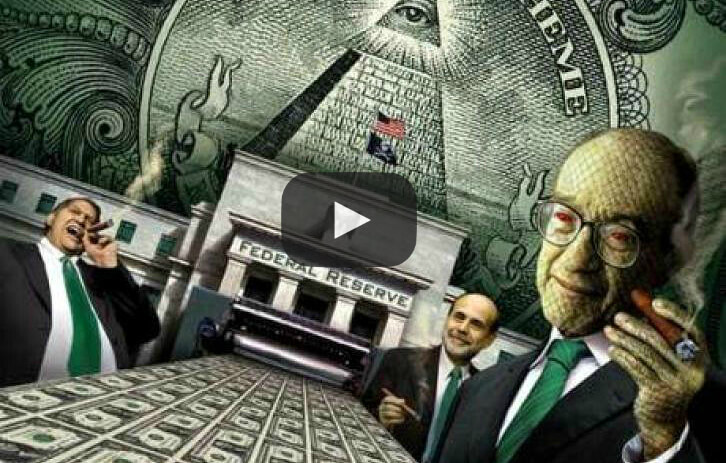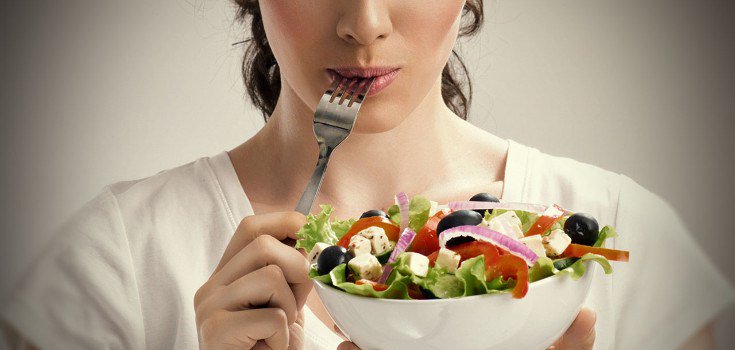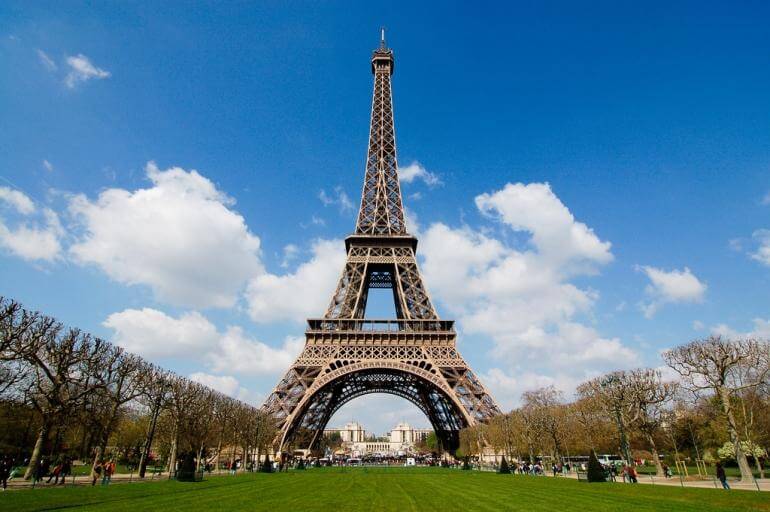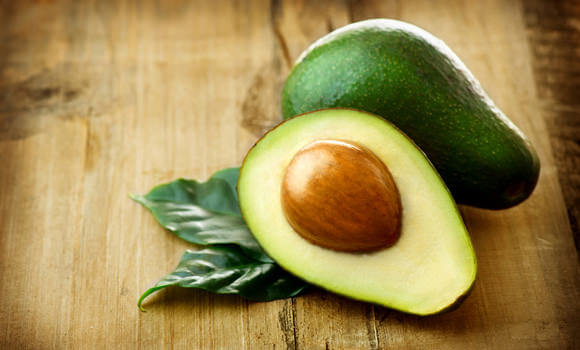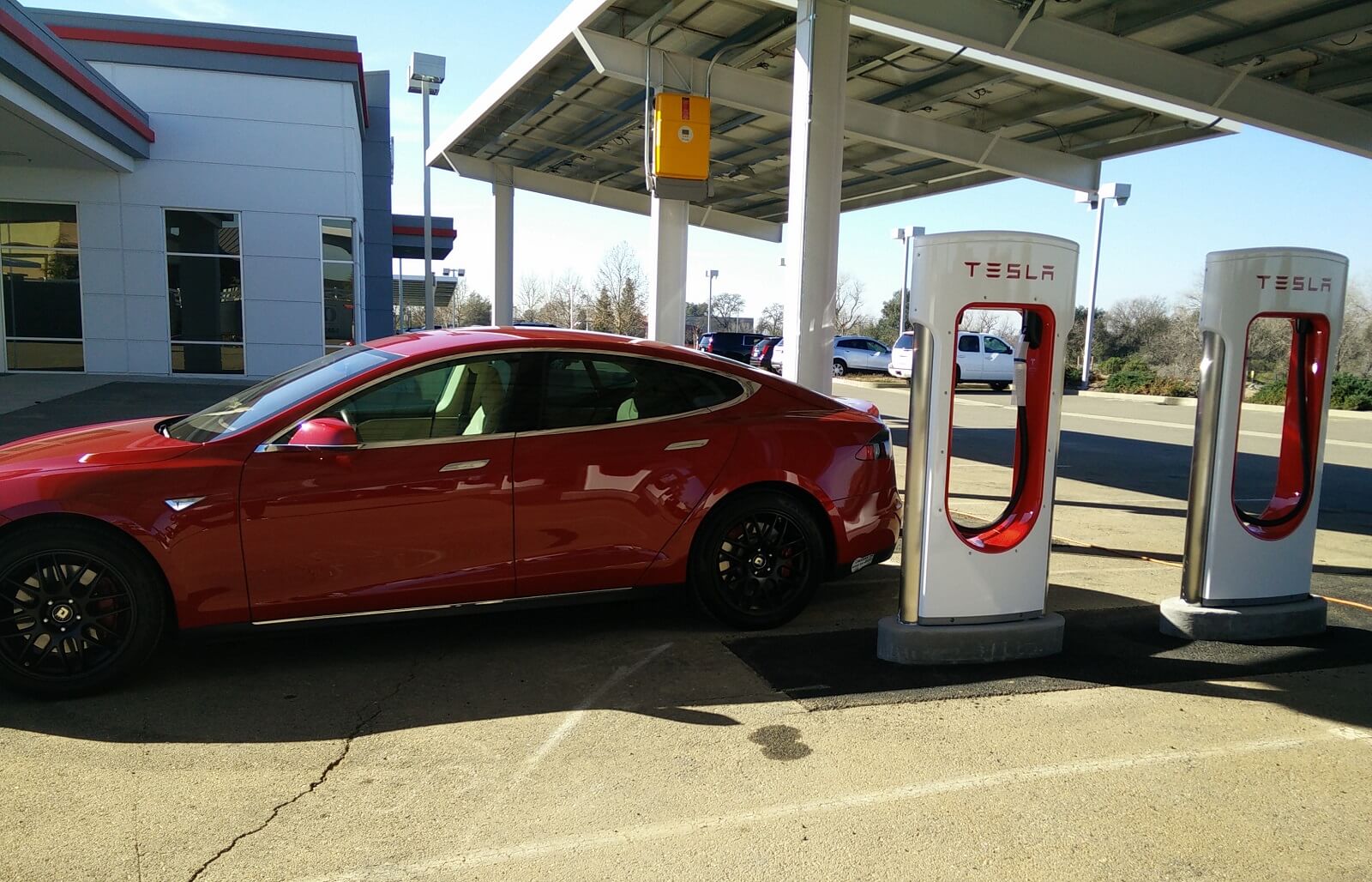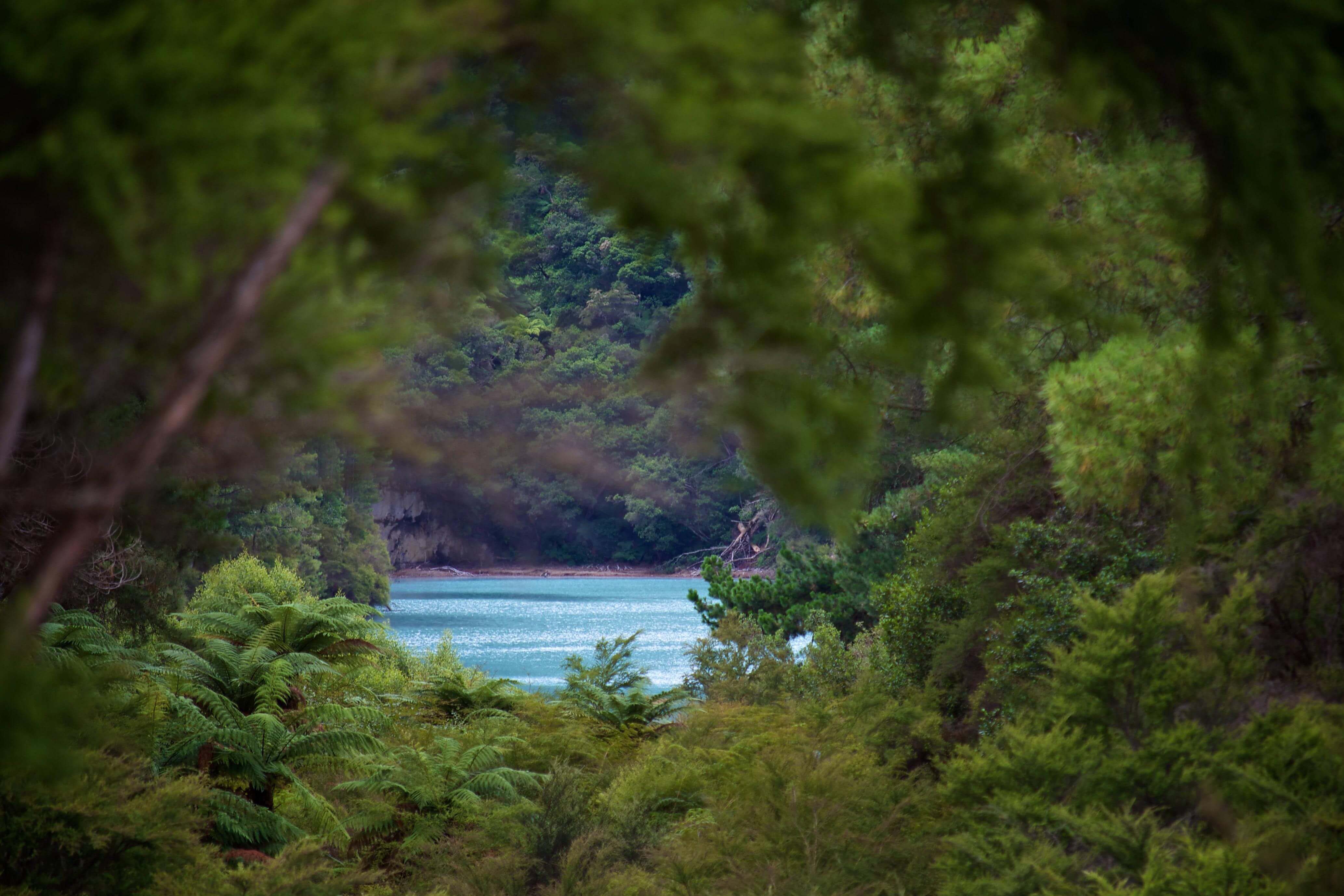” A Documentary About China’s Smog Is Going Viral, And It’s Not Being Censored“
Share:

CREDIT: YouTube.com/screenshot
Over the weekend in China, 175 million people – more than the entire population of Bangladesh – watched a newly released in-depth and well-produced documentary about the country’s debilitation smog problem. Produced by former Chinese news anchor and environmental reporter, Chai Jing, the 104-minute “Under the Dome” has caught the Chinese public at a moment of intense focus on the wide-ranging impacts of air pollution from coal-fired power plants and vehicle emissions.
In a country known for spiking any media that paints the government in a bad light, the documentary has not been firewalled. China’s new environment minister, Chen Jining, even praised it on Sunday, saying it reflected “growing public concern over environmental protection and threats to human health.” He also compared it to the 1962 publication of Rachel Carson’s Silent Spring, which is often credited with inciting the environmental movement in the U.S., especially when it comes to the use of pesticides.
While some are also comparing the lecture-style film, which is replete with charts and visual aids, to Al Gore’s 2006 “An Inconvenient Truth,” Chai’s original motivation for making the self-sponsored film was deeply personal. She used to pay little attention to the smog engulfing her home city of Beijing, but that was before she found out she was pregnant in 2013. Shortly thereafter, she discovered in a sonogram that her child had a benign tumor.
“I’d never felt afraid of pollution before, and never wore a mask no matter where,” Chai, 39, says in the video. “But when you carry a life in you, what she breathes, eats and drinks are all your responsibility, and then you feel the fear.”
Chai told the People’s Daily that she reconciled herself to the fact that her daughter, who survived after surgery, would be a major part of the video. “If I had not had this kind of emotional impetus, I would have found it very difficult to spend such a long time completing this,” she said.
Chai herself is obviously the standout subject of the film, and there have been some criticisms. Chai and her husband have enough money to give birth in the U.S, causing some to posit hypocrisy. There has also been pushback against the suggestion that pollution was the cause of her child’s tumor.
Tumor-causing or not in this specific instance, the degree of environmental pollution in China requires few additional stark reminders. China has 1.35 billion residents, and some 600 million of them are being affected by the pollution according to “Under the Dome.” A recent analysis by the Health Effects Institute estimated that the country’s smog was responsible for some 1.2 million premature deaths in 2010 alone.
According to the World Health Organization, in 2012 around seven million people died from exposure to air pollution, with outdoor air pollution (ambient air pollution) responsible for just over half of these deaths. A majority of these outdoor air pollution-related deaths occurred in South Asia and East Asia. Especially hazardous is PM 2.5, a form of particulate matter air pollution that is 2.5 micrometers in diameter or less, about 1/30th the diameter of a human hair. When inhaled these tiny particles can pass through the respiratory tract all the way into the lungs. On top of asthma, studies have linked extended exposure to PM 2.5 to heart disease, diabetes, autoimmune disease, lupus, and other ailments.
Last year, the northeastern Chinese capital city of Harbin saw its PM 2.5 index reach 1,000 – far above the 300 which is considered hazardous and the WHO-recommended daily level of no more than 20. One study found that this severe pollution has slashed an average of five-and-a-half years from the life expectancy in northern China as toxic air has led to higher rates of stroke, heart disease, and cancer.
Chai’s film cuts from TED Talk-inspired scenes before a studio audience to interviews and visits to sites in China and also abroad. In a particularly harrowing scene, a doctor removes a filthy and blackened lymph node from a female cancer patient in her 50s – the woman had never been a smoker.
The film doesn’t let government officials off the hook, either, and there are sections criticizing the lax approach to regulation enforcement. For example, when it comes to vehicle emissions standards enforcement, Chai finds that trucks sporting the claim they meet the “China IV” emissions standards actually fall far short. She then determines that no cars have been recalled since emissions standards were passed in 2004 enforcing the regulations.
One of China’s most prominent environmentalists, Ma Jun, told the Guardian that this $160,000 documentary has become “one of the most important pieces of public awareness of all time by the Chinese media.”
“It is powerful because it is motivated by a personal story and has got the feelings that people can relate to. It also hold [sic] to the standards of investigative journalism, it is properly vetted on the scientific and technology side, it is a powerful combination,” said Ma.
As China pivots away from dirty energy sources, the country stands to gain both locally as well to contribute to the global effort to mitigate greenhouse gases. With the Paris climate summit approaching at the end of the year, where leaders hope to reach a new GHG-cutting accord, China and the U.S. made a powerful joint pledge last October during Obama’s visit to the Chinese capital. In the pledge, the U.S. committed to cut its emissions 26 to 28 percent below their 2005 levels by 2025 and China agreed to get 20 percent of its energy from non-fossil-fuel sources by 2030 and to peak greenhouse gas emissions that same year.
“Under the Dome” is currently being translated to English on YouTube via crowd-sourcing. It can be viewed here.

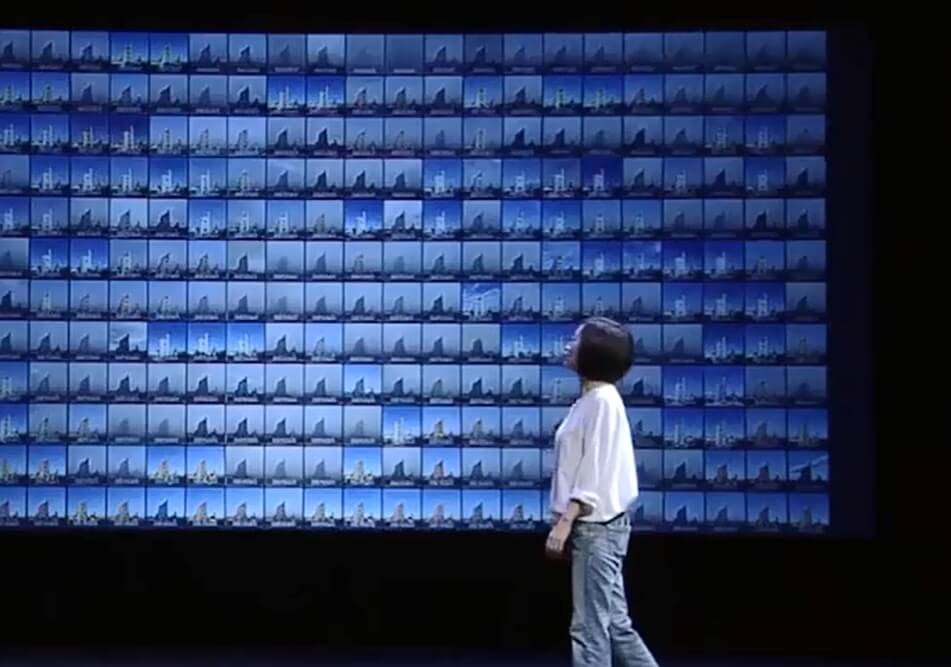



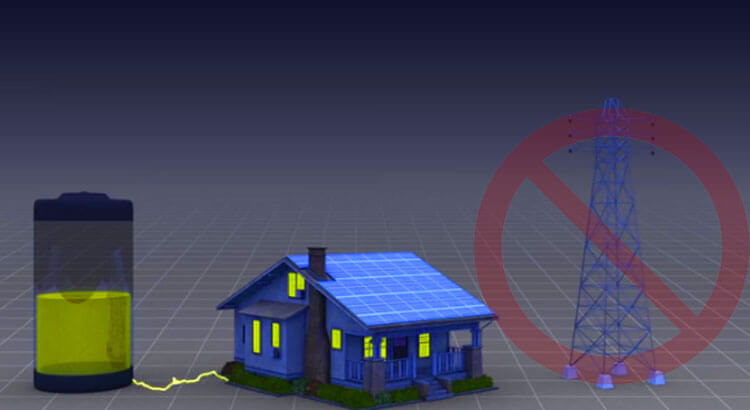













 6. Christmas Ornament Decorating Made Easy!
6. Christmas Ornament Decorating Made Easy! 
 7. Wastelandscape
7. Wastelandscape 
 8. CD Table Top
8. CD Table Top 
 9. Mosaic CD Flower Pot
9. Mosaic CD Flower Pot  10. Delightful Door
10. Delightful Door  11. Tissue Box Spruced Up With CD Clippings
11. Tissue Box Spruced Up With CD Clippings  12. A Musical Way To Fancy Up Your Footwear
12. A Musical Way To Fancy Up Your Footwear  13. Creative Coasters
13. Creative Coasters 
 14. Side Table Embellishments
14. Side Table Embellishments  15. Collar Necklace
15. Collar Necklace 
 16. Bling Bangle Bracelet
16. Bling Bangle Bracelet  17. Unique Wall Art
17. Unique Wall Art  18. CD Wall Clock
18. CD Wall Clock  19. Christmas Tree Made Of CDs
19. Christmas Tree Made Of CDs 

 21. The Perfect Way To Pop Your Collar
21. The Perfect Way To Pop Your Collar 
 22. Galaxy Cap
22. Galaxy Cap  23. Instant Art Work- Shred In Mixer, Glue, Repeat
23. Instant Art Work- Shred In Mixer, Glue, Repeat  24. Fridge Door
24. Fridge Door  25. Madrid, Spain
25. Madrid, Spain 
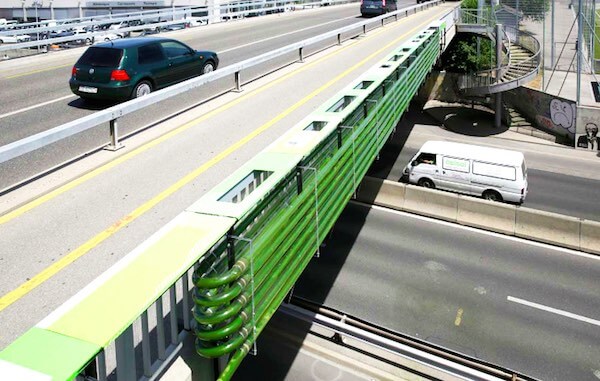




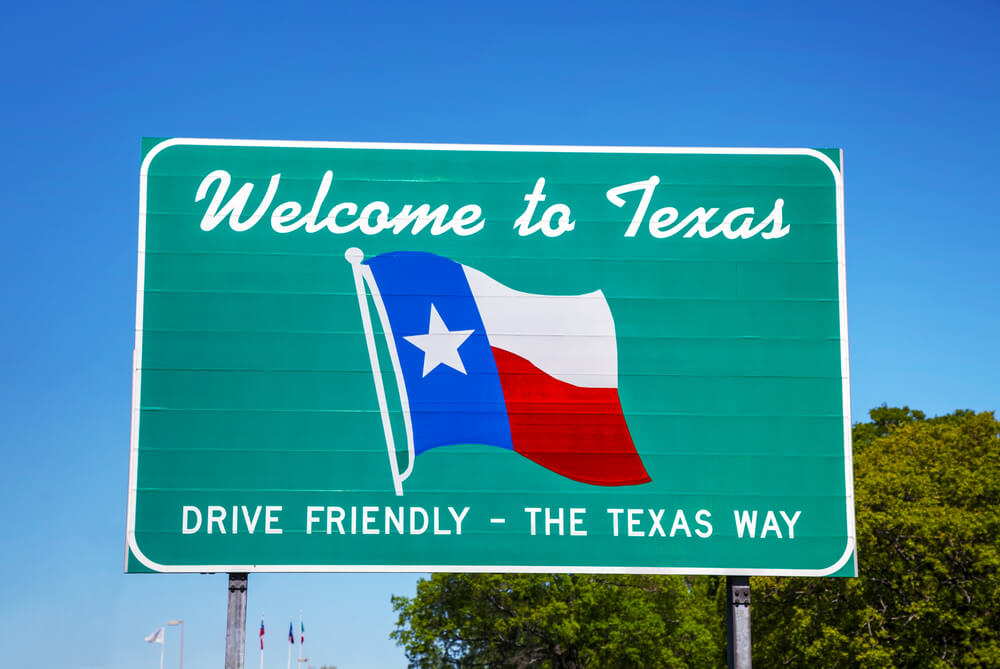

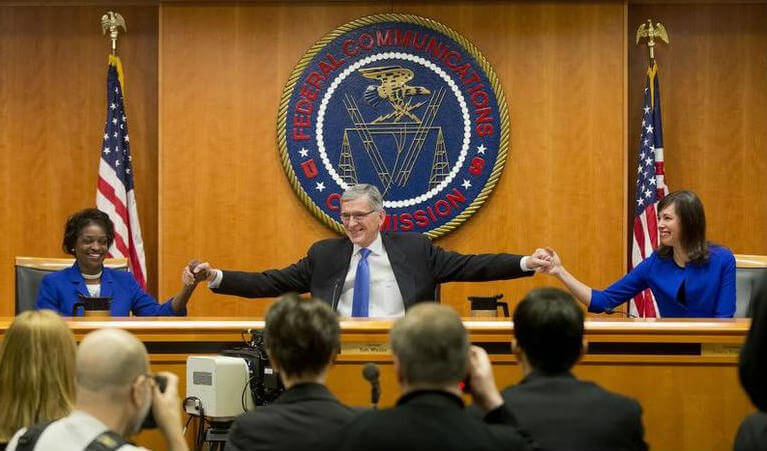
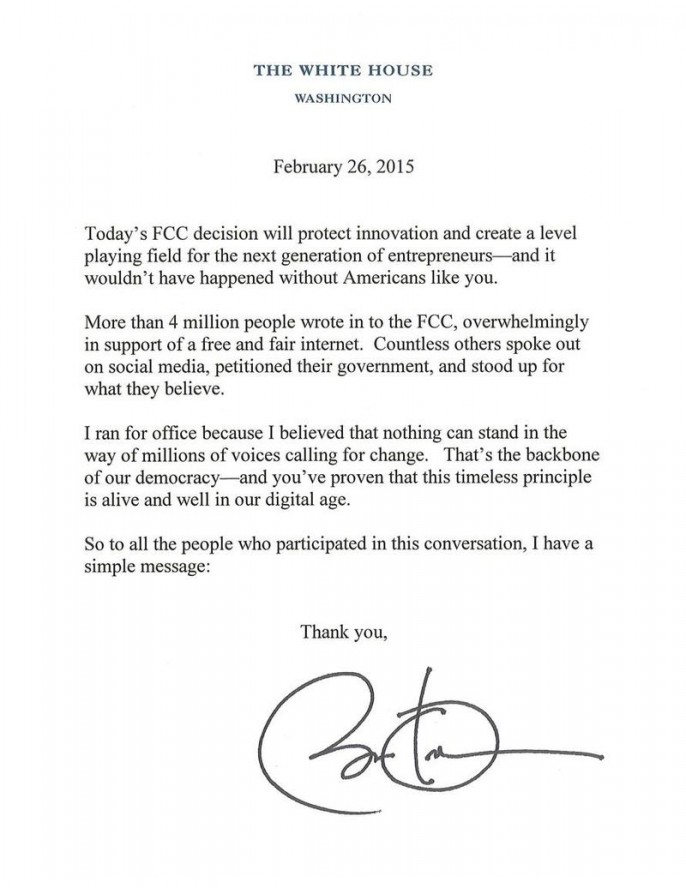
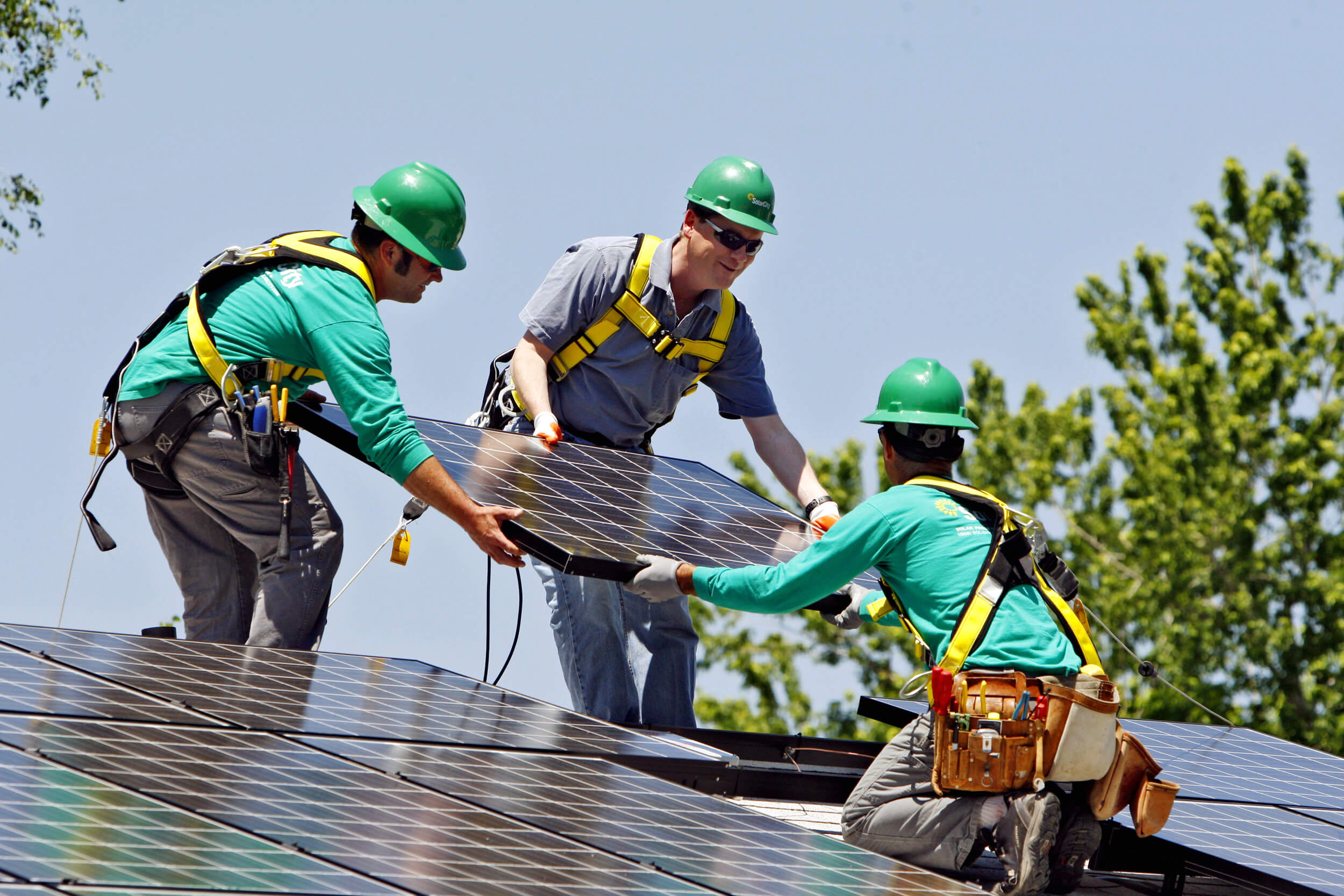


 Related:
Related: 